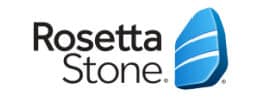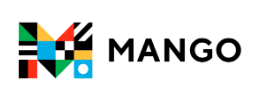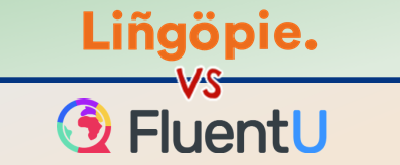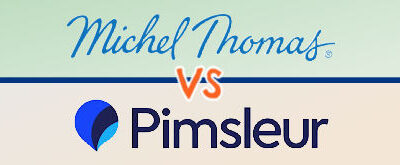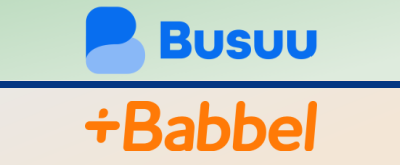Rosetta Stone and Mango Languages represent contrasting approaches to language learning. While they share some similarities, these programs differ significantly in teaching methodologies and lesson structures. This article aims to highlight the key distinctions between Rosetta Stone and Mango Languages, helping you determine which one aligns better with your learning preferences.
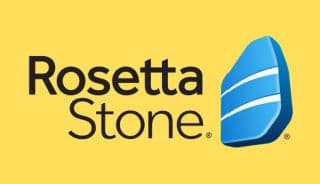
Discount: 60% OFF
Applied In Cart
|
$10-$15/mo |
One of the most popular language apps on Earth. With an emphasis on immersion and imagery, Rosetta Stone is the ideal program for visual learners. |
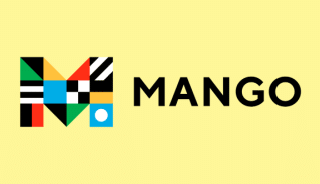
SALE: 10% Off
Applied In Cart
|
$8-$18/mo |
Emerging language app that features short lessons, detailed grammar explanations, and a few unique learning tools. |
Editor’s Choice

Rosetta Stone
- Multiple Subscription Options
- Money Back Guarantee
Pros
- Immersive learning framework that is highly effective
- Image-heavy lesson format (ideal for visual learners)
- Accurate speech recognition software
- Modern, easy-to-use digital platform and mobile app
- Plethora of supplemental tools and resources
Cons
- Lessons can become repetitive at times
- Limited grammar instruction
Why Choose Rosetta Stone Over Mango Languages
To kick this comparison off, let’s discuss how the Rosetta Stone language programs work, and the strengths of their app in relation to Mango Languages.
How Rosetta Stone Works
First, let’s dive into how the Rosetta Stone language courses are structured. There are 20 learning units covering various thematic topics like travel, dining, and hobbies. Each unit contains four lessons, including a core lesson taking around 30 minutes and additional tasks for pronunciation, vocabulary, and grammar, each taking about 10 minutes. This totals roughly an hour per lesson, regardless of whether you are learning Italian, French, or any other language.
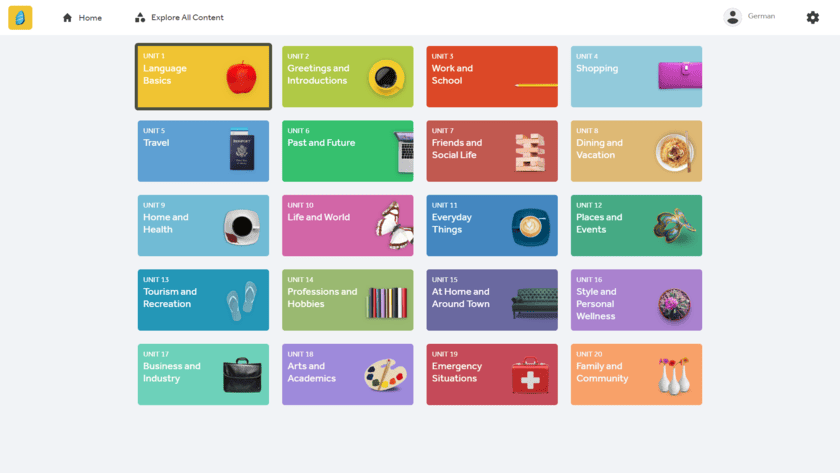
When you first sign up, you’ll answer questions about your baseline fluency and learning goals. You can choose to follow a custom weekly study plan instead of the standard 20-unit path.
Now, let’s discuss the Rosetta Stone learning method and lesson format. The program emphasizes immersion and imagery, avoiding English translations to immerse learners in their target language. It uses images and pictures to help associate new vocabulary with visual cues and provide context for words and phrases.
Image-Based Lessons
The Rosetta Stone language program is ideal for visual learners, as the standard lesson plan revolves around images in nearly every practice drill and exercise. If you typically grasp and remember information better through visual cues, Rosetta Stone is likely well-suited to your learning style.
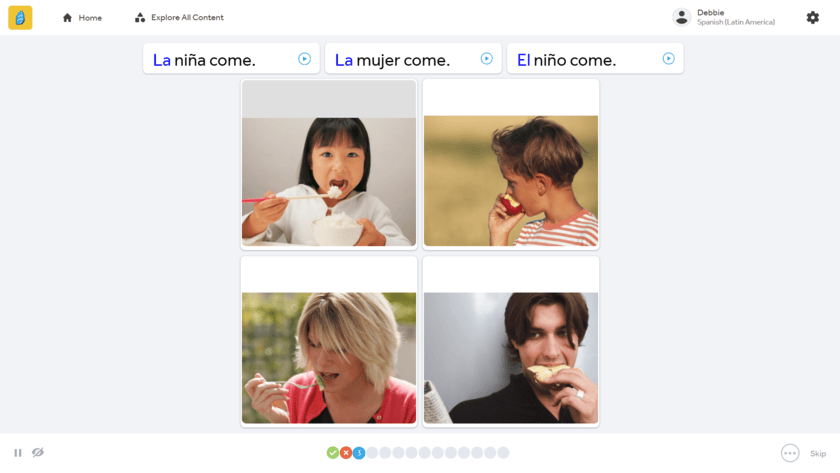
Additionally, apart from its image-heavy lessons, Rosetta Stone provides a variety of on-demand bonus videos. In contrast, Mango Languages uses visuals more sparingly, with lessons focusing more on text-based drills and exercises.
Immersive Learning Environment
Another strength of the Rosetta Stone program is its immersive experience, which differs significantly from Mango’s approach. In Rosetta Stone lessons, English is used sparingly, if at all, to create an environment that mimics natural language acquisition.
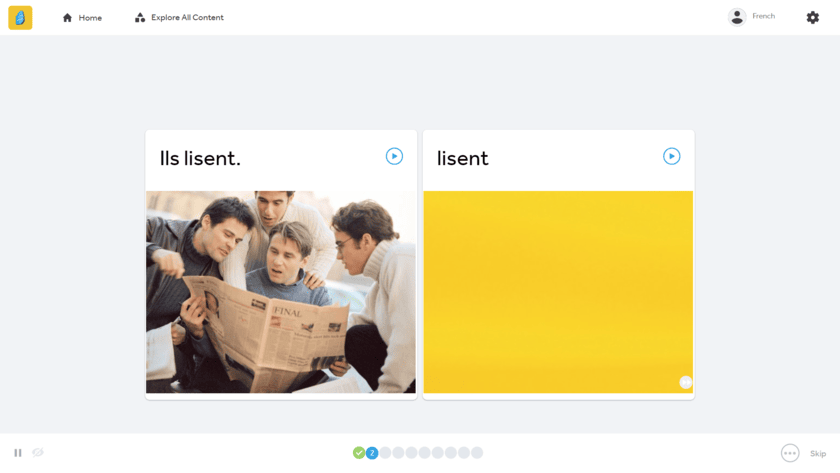
This approach mirrors how toddlers learn language; they are not given translations or other languages to aid them. They must learn the language through exposure, repetition, and intuition. Rosetta Stone seeks to replicate this process, encouraging learners to acquire the target language using these natural methods.
While translations into English can be enabled in the Rosetta Stone app for those who find it challenging, this feature is turned off by default to maintain the immersive, natural language learning process.
Accurate Speech Software
Rosetta Stone offers a distinct advantage with its TruAccent speech recognition technology, which ranks among the top in the language learning industry. In my opinion, it competes closely with Rocket Languages, Pimsleur, and Babbel in terms of usability, speed, and accuracy.
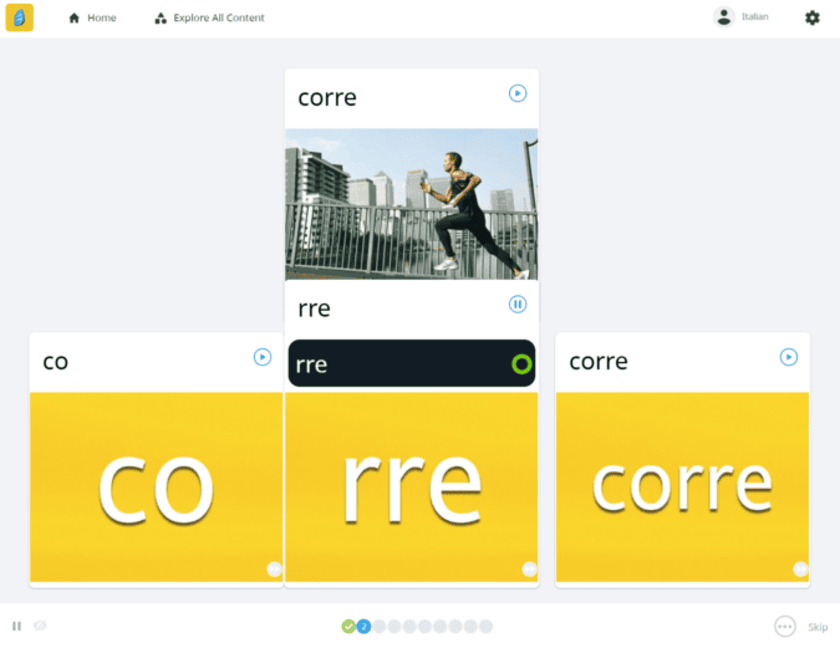
The company has clearly invested significantly in providing users with precise feedback during pronunciation practice drills and exercises. While Mango also has a good speech tool with interesting features (discussed later), it’s hard not to recognize Rosetta Stone’s technology for its accuracy.
Bonus Resources
One compelling reason to choose Rosetta Stone is its array of supplementary features. In addition to its core curriculum, the program offers a comprehensive set of learning tools such as on-demand videos, phrasebooks, stories, live lessons, and downloadable audio companions for mobile learning (regardless of whether you are learning Italian, German, or French).
This breadth of resources surpasses what Mango Languages offers.

Among these extras, the stories feature stands out as a favorite. These mini-podcasts provide an excellent opportunity to enhance listening comprehension and reading skills.
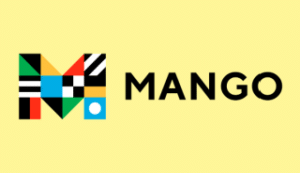
Mango Languages
- 70+ Languages
- Free Trial
Pros
- Slightly more affordable than Rosetta Stone
- Short lessons that are easy to complete
- Speech tool includes unique features
- Detailed grammar explanations
Cons
- Lanuage courses overall not as comprehensive as Rosetta Stone’s
- Limited use of visuals and graphics
Why Choose Mango Languages Over Rosetta Stone
Now that you have a clear picture of what Rosetta Stone has to offer, let’s discuss how the courses from Mango Languages work, and the major reasons you should consider using their program to learn a foreign language.
How The Mango Language Program Works
Mango’s lessons are notably shorter than Rosetta Stone’s, typically lasting between 5 to 15 minutes, similar to Babbel and Duolingo. A native English speaker guides you through each lesson, introducing a handful of new words and phrases (somewhat similar to Michel Thomas).
The lesson structure includes three main exercises: learning, speaking quizzes, and critical thinking. However, Mango lacks the variety seen in other language learning apps.
It doesn’t include videos, mock conversations, or flashcards, which are common features in programs like Pimsleur, for example. Occasionally, Mango includes a quick grammar or cultural tip, but overall, it offers a more straightforward learning experience.
Detailed Grammar Explanations
Mango’s main advantage over Rosetta Stone lies in its detailed grammar instruction. Unlike Rosetta Stone, Mango provides thorough explanations and notes on grammar within its lessons.
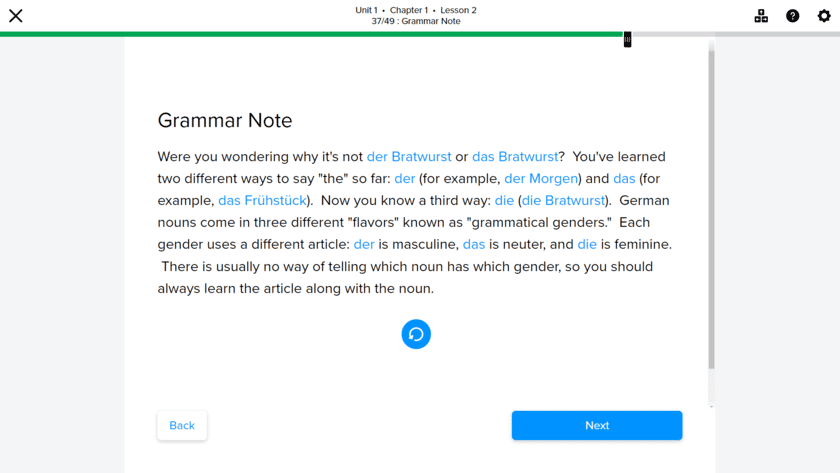
Rosetta Stone’s approach is more immersive, focusing on learning the language naturally and delaying explicit grammar instruction, similar to how children acquire language. This approach is a topic of debate in the language learning community, with some linguists advocating for detailed grammar instruction from the start, while others believe it can hinder early language acquisition.
Regardless of the debate, I personally appreciate Mango’s comprehensive grammar analysis and instruction (similar to Rocket Languages).
Useful Voice Tool
Another compelling reason to use Mango is its speech tool, which offers a unique feature. With Mango Languages, you record yourself reading a phrase or sentence, and the tool provides a graphic representation of your tone and inflection.
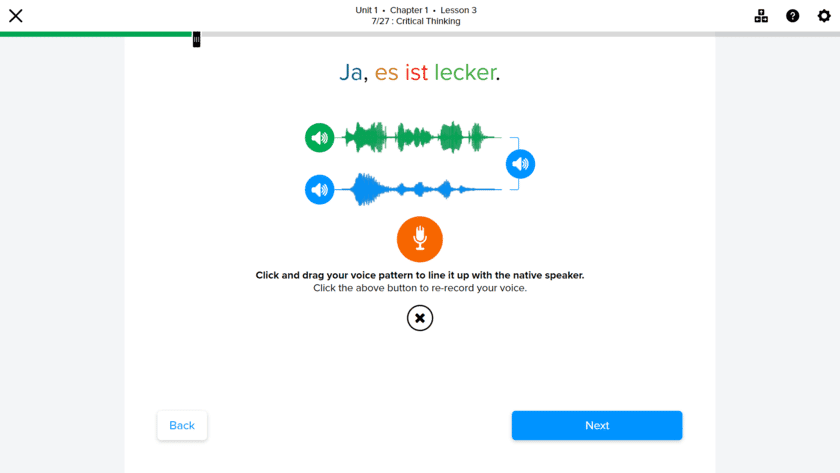
This allows you to compare your pronunciation to that of a fluent speaker, helping you perfect your pronunciation and mimic the tone and inflection points used by native speakers. This feature is both cool and highly useful.
Translation Tool
Another unique feature of Mango is the toggle switch between literal and understood phrases. This toggle allows you to switch between the familiar, everyday understanding of a phrase in your target language and its literal word-for-word English translation.
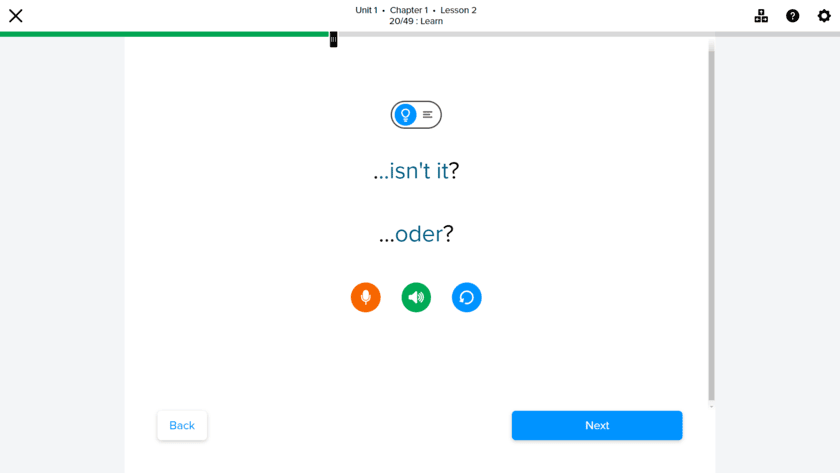
While it may seem minor, this feature is incredibly helpful, especially for common terminology in languages and cultures that don’t translate directly into English.
Learn Proper Sentence Structure
Mango’s color-coded sentences are another notable advantage. Each element within a sentence, such as verbs, adjectives, objects, and subjects, is color-coded.
This feature helps you understand the structural differences and similarities between English and your target language as you progress through the course. I found this to be a significant value-add.
Verdict: Which Language App Is More Effective?
After thoroughly using and reviewing both apps, I have come to the conclusion that Rosetta Stone is the superior language learning tool. While Mango Languages offers some innovative features like its voice analysis tool and color coding, Rosetta Stone provides more comprehensive and effective language courses overall.
I particularly appreciate Rosetta Stone’s immersive learning approach, the accuracy and speed of their TruAccent speech technology, and the engaging visuals included in their lessons. Additionally, Rosetta Stone offers a wealth of bonus tools and resources, further enhancing its value.
➡️Read Next: Rosetta Stone vs Rocket Languages
Mango Languages emphasizes detailed grammar instruction, unique speech analysis tools, and color-coded sentence structures. In contrast, Rosetta Stone focuses on immersive learning without explicit grammar explanations, offering TruAccent speech technology, engaging visuals, and a broader range of supplemental resources.
Rosetta Stone’s immersive approach to learning, supported by its TruAccent speech technology and engaging visuals, provides a comprehensive language learning experience. This, combined with its broad range of bonus resources, makes Rosetta Stone more effective than Mango Languages for learning a new language.

